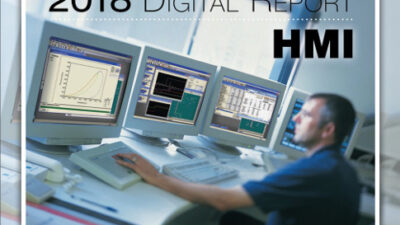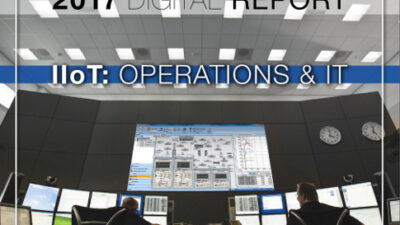Potentially disruptive technologies known as M2M (machine to machine) communications enable faster information flow to make better decisions, according to Steve Pazol, chief executive officer of nPhase , a provider of M2M technologies and services. “Companies make a lot better decisions in the field when they have good information,” Pazol said at the recent “M2M In Action: Strategy Summit & Networking Event” in Chicago, sponsored by nPhase, Sprint , and others.
Air Products , a provider of chemicals, gases, and related equipment and services, was among companies at the meeting touting M2M benefits. Bill Crawford, Air Products control engineer, said his company had contemplated building many delivery systems using disparate communications and controls technologies. Now, with a system providing a uniform structure, Air Products can focus on the value of delivering products and less about infrastructure.
Ron Pierantozzi, director new business development, Air Products, says the company’s M2M capability for inventory management helps create more value for customers. With 5,800 assets in place, 85% are managed through telemetry; 95% of assets are automatically scheduled for delivery; and 1,000 deliveries are made daily. Pierantozzi acknowledged challenges in maintenance and data handling with disparate systems. Air Products staffs a 24-hour telemetry center to distributed field services, now with “perhaps 12 data issues in a year.” Technology standardization and process unification are helping gain efficiencies. “I thought the term‘data mining’ was over-valued, perhaps overused, until I started doing it, then it changed my perspective,” he says.
A standard enterprise-wide system for remote asset management enhances existing business processes, Pierantozzi says. “It allows us to do things at right time, not all the time. Most of our plants are unmanned and monitored remotely. The system also monitors customer inventory. For us, its about three things: Supply-chain management, process optimization, and equipment monitoring.” Monitoring filling conditions of helium, hydrogen, and nitrogen are among services provided, in many cases giving customers information about how they can conduct their related businesses more effectively, he suggests. For example, customers access user-defined graphics online about nitrogen use and related resources to optimize freezing costs, efficiencies, and quality, with ability to spot trends. “We may sell less of the product, but it’s not just about selling product, it’s about selling value. In some cases, the services provided are worth more than the product. Lower cost is better for us in long run as our customers increase their market shares.”
Other supporting views were offered. Bob Parker, vice president and industry strategist, with research firm IDC Manufacturing Insights , points to large opportunities in measuring more information and putting that to greater use. Wireless sensors will be a $5 billion market by 2010, Parker says. Faster [more data-based] decisions translate into less risk. Companies need to look at these technologies as a value investment, he adds.
Bob Sheffres, vice president, Opto 22 , says his company provides the fingers of M2M, the I/O interconnections and wired and wireless communications that touch the assets, with more than 100 million devices in place. Diverse applications include natural gas companies, LCD manufacturing, chemical and semiconductor plants, storage tank farms, and inventory management of cellular towers, parking structures, railroad cars, restaurants, and swimming pools, among others.
“These technologies now characterized as M2M are straightforward means of more effectively managing relationships with vendors and customers on services and pricing,” Sheffres says. Opto 22 technologies include means to upgrade existing I/O communications to wireless and Ethernet platforms.
Gary Sullivan, director of program management and regulatory compliance, AAT Communications , says his company has more than 2,000 wireless communication towers and manages or owns more than 7,500 communications sites across 48 states. U.S. Federal Aviation Administration requires notification when lights go out in towers for more than 30 minutes. AAT uses nPhase and Opto 22 to monitor up to eight points on tower lighting systems, linking information via Web pages. Wireless connections provide “instant on” and lower installation and operating costs, Sullivan says. It’s easier dealing with one service provider than six previously, he adds.
“We help our customers squeeze every bit of efficiency” from air-based systems, which are not very efficient to begin with, says Mike Bakalyar, manager, enhanced services, Gardner Denver Co. , a global manufacturer of air compressors, blowers, and pumping equipment. He’s working on a M2M sensor project to drive more value to customers. Facility compressed air systems hold huge potential for real-time remote monitoring to increase awareness of and improve use of energy costs related to compressed air and pneumatic controls.
For more about the reach of M2M, see the related Control Engineering article: “ M2M: When machines talk back, it’s a good thing. ”
For more perspective on the topic, read, “ Think Again” titled “M2M: We do that. ”
—Mark T. Hoske, Control Engineering, [email protected]


